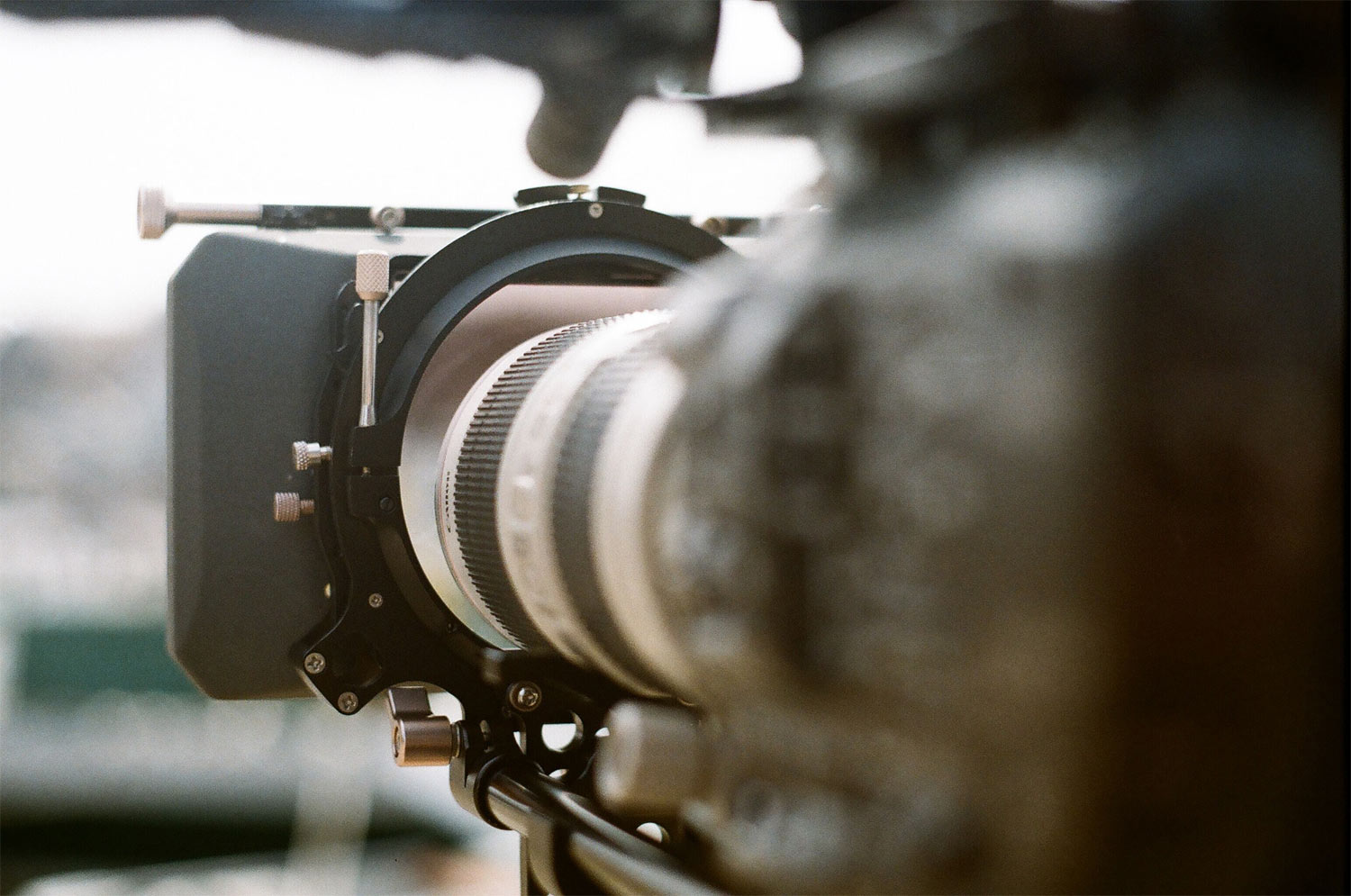Film is a visual medium – it tells its story through pictures and when films began there was no organic sound at all. However, even in the early days of cinema, films were accompanied by a musical score played live at the showing because sound was an integral part of the cinematic experience.
The sound used in film and video might not always stay with you, and sometimes you might not consciously notice it at all, but anyone would notice if it wasn’t there. This is because it is an essential component of the immersion that film depends on its unique appeal.
The importance of sound in film and video lies in its ability to elevate a piece beyond the visuals or the narrative alone and connect with an audience on a more sensory level.
Diegetic and non-diegetic sound
Sound in a film can be broken down into diegetic and non-diegetic sound. Diegetic sound has a source on-screen, recorded at the time of the shoot, such as dialogue or a car engine starting. Non-diegetic sound is the sound that is added in during the editing process with no on-screen source, such as voiceover narration or a soundtrack.
Most of the time, the diegetic sound is only altered to make it clear and distinct from the other sounds around it. However, most of this has to be done on the shoot through the proper use of recording equipment. If the audio gathered on set is not satisfactory, it may need to be re-recorded and have dialogue dubbed over or sound effects recreated by foley artists.
A guide to the sound editing process
The fundamentals of the sound editing process are built around cleaning up, cutting and moving sounds. Diegetic sound often comes with unwanted ambient noises that need to be removed in order for the intended audio to shine through. This is the cleaning up part of the process.
Cutting and moving sounds to suit the visuals is more like the traditional cutting of visuals in the edit suite. Sounds can be moved into other scenes where they didn’t appear initially, broken up, or even slowed down and reversed. This is also how you can slowly fade in or abruptly cut off the music at the correct moments within a video.
What sound brings to a film
The most memorable uses of sound in films and videos for audiences are usually the musical score and sound effects. Music and sound effects (or the lack of) can help to build tension and increase the poignancy of a scene, among other things.
This is no different in a promotional video. Usually, these are very short, no more than a couple of minutes, and it’s often best not to try and create a linear narrative within them. Promotional films rely on displaying a brand or product in a striking and evocative way, mostly relying on visuals and a musical score. Often, promotional videos feature a lot of quick, dynamic cuts that can’t create a coherent narrative by themselves.
This is the importance of sound in film and video; it weaves together the story by setting a mood and evoking specific emotions for the audience at the points they are supposed to feel them, especially where no traditional narrative is present. There is something visceral about the emotions we experience from music, and that combined with awe-inspiring visuals creates a truly immersive experience.
The importance of sound in film cannot be overstressed. Without sound, film and video would not exist as we know it. Even the earliest silent movies were not truly silent. Film is a medium that is multi-sensory and, when done right, can be the most absorbing of any media. Effective use of music and sound effects in film and video have the ability to say more than words ever could.
Are you currently looking for filming and editing services in the Devon area? Feel free to drop us an email with the details of your project and we’ll see if we can help.
